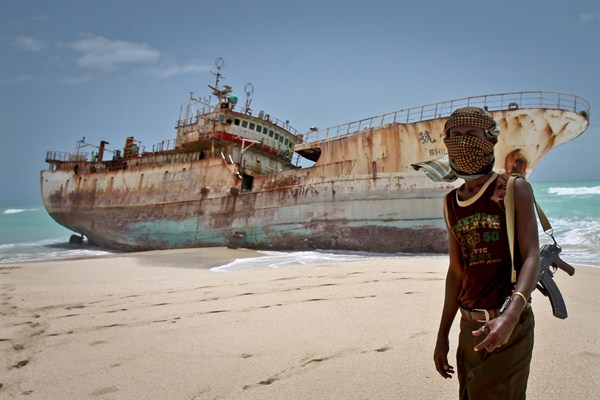Last month, the Organization for Economic Cooperation and Development (OECD) decided to widen its definition of official development assistance to include certain security and defense costs, including measures to prevent violent extremism and provide limited military training. The redefinition of aid expanded the relationship between security and development.
Several leading international development players, like Sweden, balk at the OECD’s Development Assistance Committee’s change and view it as the militarization of aid. Helen Clark, the United Nations’ development chief, has suggested that this redefinition could undermine fragile states, since any aid channeled to security and peacekeeping programs would reduce the amount available for “ordinary development.”
Several NGOs and some multilateral officials also worry that the inclusion of security costs will drive development aid away from the world’s poorest countries. This is already the trend, however, considering that the share of the OECD’s assistance allocated to least developed countries has dropped by 9.3 percent since 2013.

